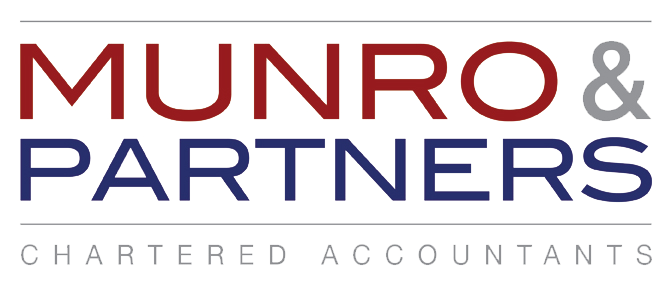For businesses working on innovative projects, research and development (R&D) relief can provide a generous reward.
Unfortunately, many business owners are unaware these reliefs even exist, while others are under the false impression they wouldn’t be eligible for it.
With all the misconceptions surrounding the topic, it’s hard to be sure if your business would qualify or not. Here are just a few of the most common myths about R&D – and why they’re wrong.
Myth 1: It’s just for scientists in lab coats
While R&D might conjure up images of people in white coats poring over test tubes and microscopes, its definition is actually much broader than you’d think.
R&D-qualifying work must be part of a specific project that aims to make an advance in science or technology. HMRC’s definition rules out social science and theoretical research, but it includes areas like software development, engineering design and construction.
According to HMRC statistics, businesses in the manufacturing sector made the most claims for R&D relief in 2015/16, followed closely by the information and communication sector.
Myth 2: You have to invent something brand new
While R&D projects must be carried out with the aim of making an advance in their field, this advance doesn’t have to be an entirely new product.
Instead, it could make a substantial improvement to something that already exists.
Myth 3: Only large companies can claim it
Ambitious, pioneering work might seem the realm of large businesses with plentiful resources and vast teams of experts.
But small businesses can be just as innovative, and the government is encouraging this with SME R&D relief. This can be claimed by businesses with:
- less than 500 staff
- a turnover of under €100m or a balance sheet total under €86m.
This relief allows you to deduct an extra 130% of qualifying costs from your yearly profit, on top of the normal 100% deduction.
Alternatively, if your business has been subcontracted to perform R&D work by a large company, you may be able to claim the Research and Development Expenditure Credit.
Ask us if you’re not sure which type of relief you can claim.
Myth 4: The project has to be successful to claim relief
In any truly innovative project, there’s always a risk things won’t work out as planned.
This shouldn’t put you off embarking on R&D work, though.
As long as you tried to overcome uncertainties and challenges in order to make a technological or scientific advancement, it’s possible to claim relief even on an unsuccessful project.
Myth 5: You can’t claim if you’re making a loss
The other risk when undertaking this type of project is that it won’t pay off, and your business will make a loss.
This doesn’t stop you from being eligible for R&D relief, though. If you qualify, you can surrender your losses in return for a tax credit worth up to 14.5% of the loss.
Contact us
We’ll get you geared up and ready to make new and exciting advancements, safe in the knowledge that your business is benefiting from the right reliefs.
Our team can assess your R&D eligibility and make claims on your behalf. Find out more about our R&D tax credits service, or get in touch for more information.

